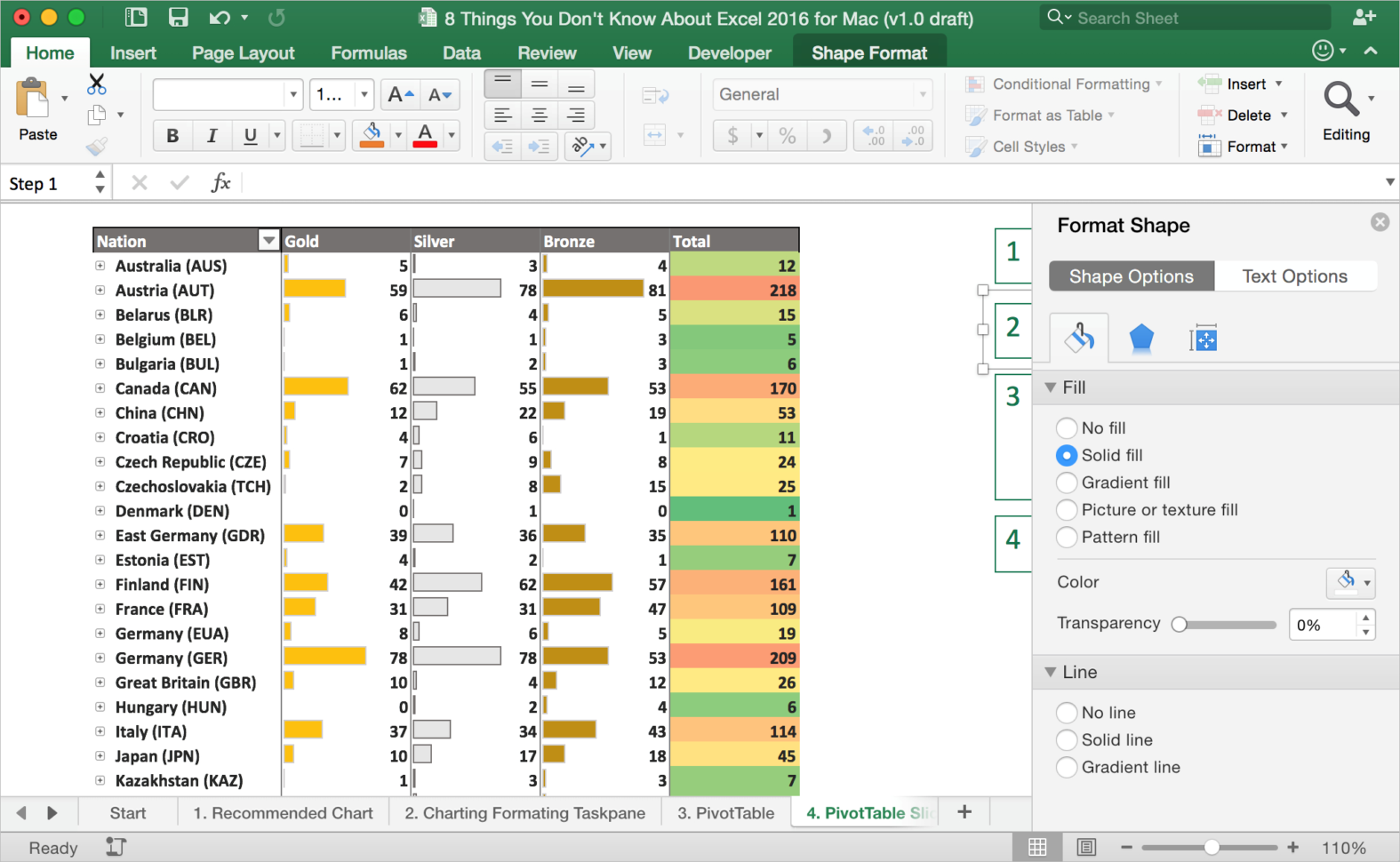When working directly within Excel you want this to happen 99.9% of the time (the exception being if you are working with an extremely large workbook). However, this can really slow down your VBA code. It's a good practice to set your calculations to manual at the beginning of macros and restore calculations at the end of macros. Re: Shortcut to switch to manual calculation? Hi FDibbins-guess you didn't see my original post. I was asking because someone apparently accidentally switched things to manual when it needs to always be automatic (figured it had to be a shortcut, because that's the only way it could have happened accidentally).
To insert a function directly into a cell, click the cell where you want to insert the function. Next, go to the Formulas tab, then click Insert Function.
- If Sheets('Sheet1').Range('A1').Value = True Then Application.Calculation = xlCalculationManual Else Application.Calculation = xlCalculationAutomatic End If. To run the macro please a button control on the sheet. Right click on the button control and under Assign Macro select the macro.
- Change the setting to manual workbook calculations in the Options dialog, and then you can hit F9 to update the workbook as needed. Save the workbook as a new file and clear the formats.
When you click Insert Function, you'll see this dialogue box:

Excel 2016 Mac Switch To Manual Calculations Pdf
Excel 2016 Mac Switch To Manual Calculations For A
The great thing about using functions in Excel is that you don't have to know the function to get started. All you have to know is what you want to do, such as average a column of numbers.
In the Search for a Function section of the above dialogue box, you can type in a description of what type of function you want to use. We typed in Average of Cells. Click Go.
Excel 2016 Mac Switch To Manual Calculations Using
In the 'Select a Function' field, Excel provides a list of functions that relate to what you entered into the 'Search for a Function' field.

In the Select a Function field, you can click on different functions to see what calculations they perform. We already clicked on 'AVERAGE'. In the snapshot below, you can see what calculation it performs.
Excel 2016 Mac Switch To Manual Calculations Download

Excel 2016 Mac Switch To Manual Calculations Pdf
Excel 2016 Mac Switch To Manual Calculations For A
The great thing about using functions in Excel is that you don't have to know the function to get started. All you have to know is what you want to do, such as average a column of numbers.
In the Search for a Function section of the above dialogue box, you can type in a description of what type of function you want to use. We typed in Average of Cells. Click Go.
Excel 2016 Mac Switch To Manual Calculations Using
In the 'Select a Function' field, Excel provides a list of functions that relate to what you entered into the 'Search for a Function' field.
In the Select a Function field, you can click on different functions to see what calculations they perform. We already clicked on 'AVERAGE'. In the snapshot below, you can see what calculation it performs.
Excel 2016 Mac Switch To Manual Calculations Download
Now that you know how to insert a function, let's insert a function into an actual spreadsheet.
Click Cancel to exit out of the Insert Function box – if you're following along – and take a look at our sample worksheet in the following snapshot.
We want to determine the average sales for the month of January. As you can see, we've created a row for the average sales. We want the average sales for January displayed in D12.
To do this, we are going to click Insert Function on the Ribbon under the Formulas tab. Once again, we enter 'average of cells' in the 'Search for a Function field,' then click the Go button.
